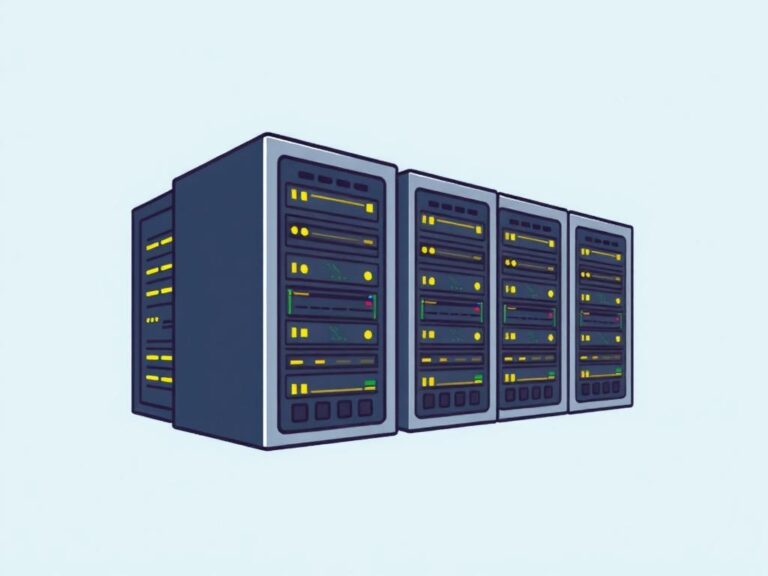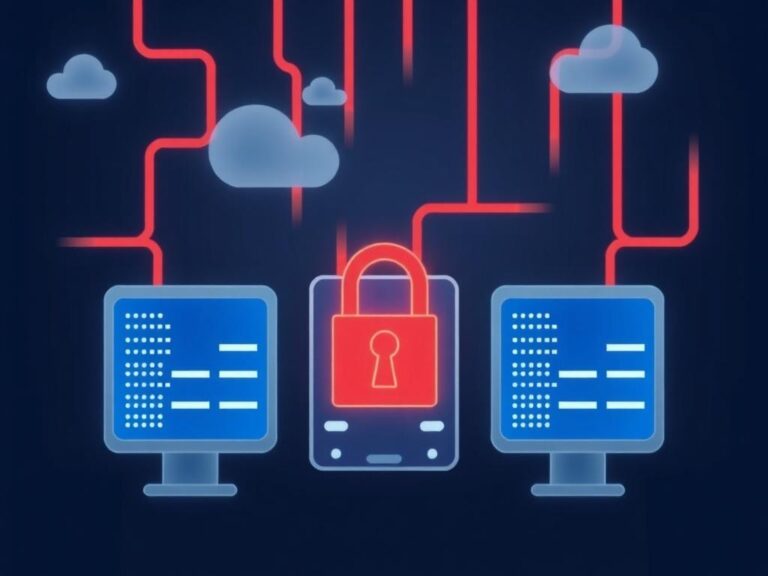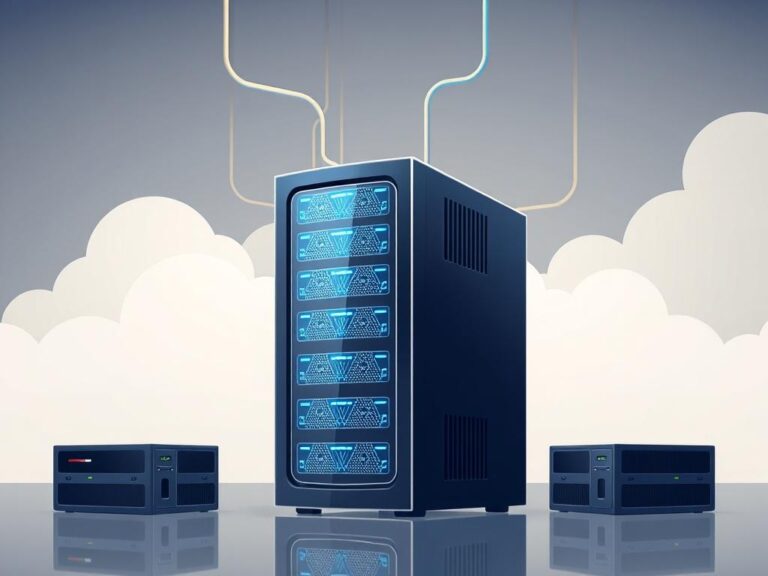VPS Servers: A Practical Guide to Power, Control, and Cost-Effective Hosting
Choosing the right hosting can feel like picking the right toolkit for a job you haven’t fully defined yet. VPS servers sit between shared hosting and dedicated machines, offering a sweet spot: more control than shared plans, lower cost than a dedicated server. This article walks you through what a VPS really is, why you’d…









